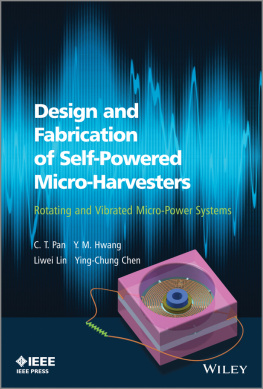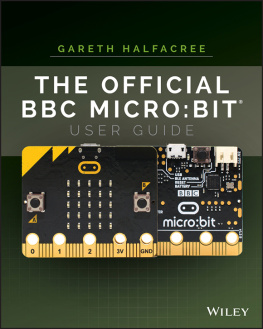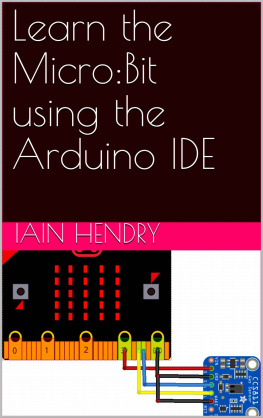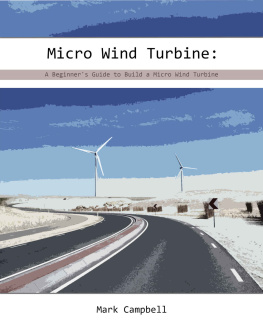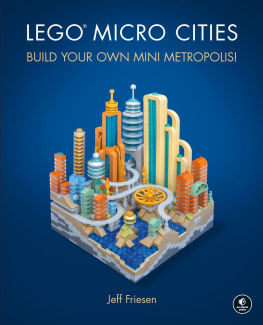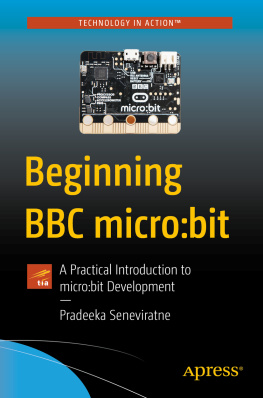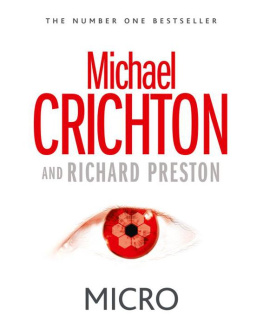
This edition first published 2014
2014 John Wiley & Sons Singapore Pte. Ltd.
Registered office
John Wiley & Sons Singapore Pte. Ltd., 1 Fusionopolis Walk, #0701 Solaris South Tower, Singapore 138628.
For details of our global editorial offices, for customer services and for information about how to apply for permission to reuse the copyright material in this book please see our website at www.wiley.com.
All Rights Reserved. No part of this publication may be reproduced, stored in a retrieval system or transmitted, in any form or by any means, electronic, mechanical, photocopying, recording, scanning, or otherwise, except as expressly permitted by law, without either the prior written permission of the Publisher, or authorization through payment of the appropriate photocopy fee to the Copyright Clearance Center. Requests for permission should be addressed to the Publisher, John Wiley & Sons Singapore Pte. Ltd., 1 Fusionopolis Walk, #0701 Solaris South Tower, Singapore 138628, tel: 65-66438000, fax: 65-66438008, email: enquiry@wiley.com.
Wiley also publishes its books in a variety of electronic formats. Some content that appears in print may not be available in electronic books.
Designations used by companies to distinguish their products are often claimed as trademarks. All brand names and product names used in this book are trade names, service marks, trademarks or registered trademarks of their respective owners. The Publisher is not associated with any product or vendor mentioned in this book. This publication is designed to provide accurate and authoritative information in regard to the subject matter covered. It is sold on the understanding that the Publisher is not engaged in rendering professional services. If professional advice or other expert assistance is required, the services of a competent professional should be sought.
MATLAB is a trademark of The MathWorks, Inc. and is used with permission. The MathWorks does not warrant the accuracy of the text or exercises in this book. This book's use or discussion of MATLAB software or related products does not constitute endorsement or sponsorship by The MathWorks of a particular pedagogical approach or particular use of the MATLAB software.
Limit of Liability/Disclaimer of Warranty: While the publisher and author have used their best efforts in preparing this book, they make no representations or warranties with respect to the accuracy or completeness of the contents of this book and specifically disclaim any implied warranties of merchantability or fitness for a particular purpose. It is sold on the understanding that the publisher is not engaged in rendering professional services and neither the publisher nor the author shall be liable for damages arising herefrom. If professional advice or other expert assistance is required, the services of a competent professional should be sought.
Library of Congress Cataloging-in-Publication Data applied for.
A catalogue record for this book is available from the British Library.
ISBN: 978-1-118-48779-2
About the Authors

Dr. C.T. Pan was born in Nauto, Taiwan, in 1969. He received master and doctoral engineering degrees in 1993 and 1998, respectively, from the Power Mechanical Engineering Department of National Tsing Hua University in Hsinchu, Taiwan. He was a researcher in the field of laser machining polymer at TU Berlin (IWF) in Germany from 1997 to 1998 and a researcher in the MEMS Division of MIRL/ITRI, Hsinchu, Taiwan from 1998 to 2003. He joined National Sun Yat-Sen University, Kaohsiung, Taiwan, as an assistant professor in 2003, then earned his associate professorship and full professorship in 2005 and 2008, respectively. He won the Outstanding Professor Award (20092013) from National Sun Yat-Sen University. From June 2009 to June 2010, he was a visiting professor at the department of ME in UC Berkeley. His current research interests focus on MEMS, nanofabrication, micro-scale energy, and LIGA process.
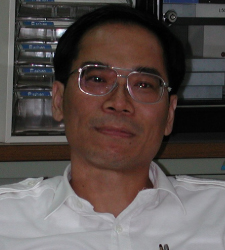
Dr. Y.M. Hwang was born in Chanhwa, Taiwan, Republic of China, in 1958. He received his Bachelor's (1981) and Master's (1983) degrees in power mechanical engineering from National Tsing Hua University in Hsinchu, Taiwan. He earned his Doctor's degree (1990) in industrial mechanical engineering from Tokyo University in Japan. He has been a professor, Department of Mechanical and Electro-Mechanical Engineering (MEME), National Sun Yat-Sen University (NSYSU), Kaohsiung, Taiwan, since 1996. He has served as the department chair (20022005) of MEME. His research interests have been in the area of metal forming, machine design and mechanics. He won the Best Paper Award (1992) and Outstanding Engineering Professor Award (2007) from the Chinese Society of Mechanical Engineers in Taiwan. He earned the Fellow title from Japan Society for Technology of Plasticity (JSTP), Japan (2012) and Distinguished Professor of NSYSU (2012).

Dr. Liwei Lin is a Professor of the Department of Mechanical Engineering at the University of California at Berkeley, and Co-Director of the Berkeley Sensor and Actuator Center. He received his B.S. degree (1986) in Power Mechanical Engineering from the National Tsing Hua University, Taiwan, and M.S. (1991) and Ph.D. (1993) degrees from UC Berkeley in Mechanical Engineering. After graduation, Professor Lin held the position of Senior Research Scientist at BEI Electronics Inc., Associate Professor at the National Taiwan University, Taiwan and Assistant Professor at the University of Michigan, Ann Arbor, USA before joining the faculty at UC Berkeley in 1999. His research interests and activities include MEMS, NEMS, Nanotechnology, design and manufacturing of microsensors and microactuators, development of micromachining processes by silicon surface/bulk micromachining, micro molding process, and mechanical issues in MEMS such as heat transfer, solid/fluid mechanics and dynamics. Professor Lin is the co-inventor of 16 US patents in MEMS and has co-authored more than 130 journal and 200 refereed conference papers. He has supervised 29 Ph.D. and 30 M.S. students.
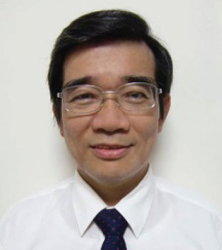
Dr. Ying-Chung Chen was born in Tainan, Taiwan, R.O.C., on 4 November 1956. He received the M.S. and Ph.D. degree in electrical engineering from National Cheng Kung University, Tainan, Taiwan, in 1981 and 1985, respectively. Since1983, he has been at National Sun Yat-Sen University (NSYSU), Kaohsiung, Taiwan, where he is a professor of electrical engineering. Previously, he served as the department chair (20062009) of EE, the Dean of the College of Engineering (20112014) and won the Distinguished Professor Award and Outstanding Professor Award (20092013) from National Sun Yat-Sen University. His current research interests are in the areas of electronic devices, surface acoustic wave devices, thin-film technology, and electronic ceramics. He is a member of the Chinese Society for Materials Science and a registered electrical engineer in Taiwan.
Preface
Energy harvesting is known as power harvesting or energy scavenging to store and capture ambient energy which is natural, self-regenerating, or renewable. For example, ambient energy may include wind, solar, hydro, geothermal, and tide. Energy harvesting takes advantage of these sources to provide energy that is renewable and eco-friendly as compared with energy derived from fossil fuels. As an enabling technology from ambient vibrational energy sources, energy harvesting could find potential applications in low-power devices such as sensors, actuators, and electronics with ecological advantages in reducing chemical wastes from batteries and is maintenance-free.
Next page
